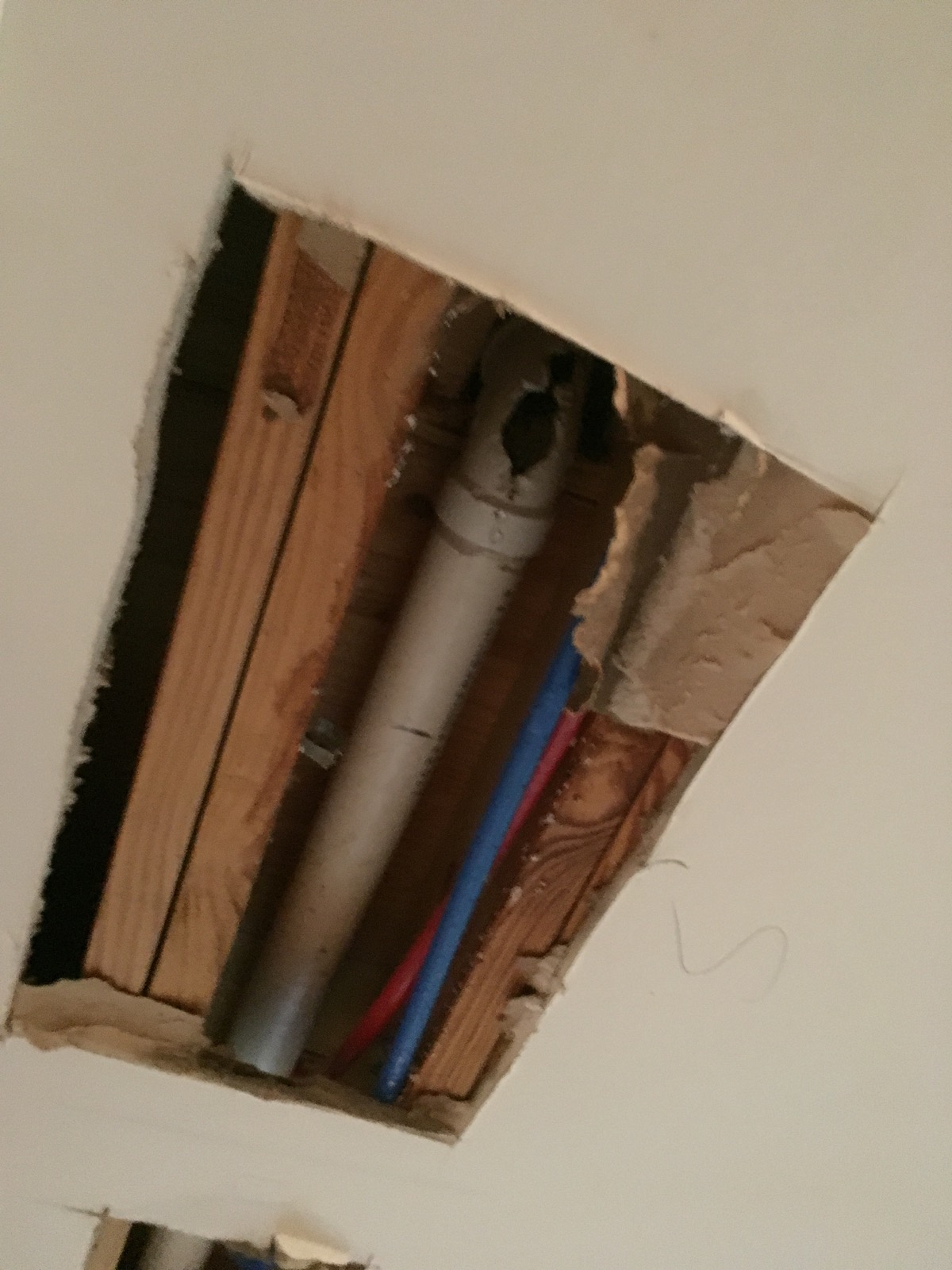
Water damage can happen to the best of us. Whether you’re a homeowner or renter, water damage is an unfortunate and expensive reality that we must all face at some point in our lives.
There are so many different ways that your home can be damaged by water. This includes floods and burst pipes. Sometimes, they can even happen quickly enough for you to notice them as soon as they occur. But there’s also the sneaky kind – the hidden leaks behind your walls which you usually don’t know about until it is too late! If you’re not careful though, these tiny (but hard-to-find) leaks can do some major damage before anyone even knows what happened.
For many, the idea of water damage conjures up images of dripping ceilings and flooded basements. For homeowners, there’s a more immediate concern: how do you know if your drywall has been damaged by water?
What Are The Signs and Symptoms Of Drywall Water Damage?
You come home from work and notice a new musty smell in the house. You start to look around and find that it’s coming from hidden places like your closets or behind furniture. It takes you awhile to realize that the smell is actually mold, which has been growing for weeks because of a drywall water leak.
There are many signs that your drywall may have water damage. You can start by looking for bubbling or peeling paint and/or wallpaper, buckling flooring, and warping windowsills. If you see any of these things then you should check the walls to see if they feel damp and smell musty.
If you find any of these warning signs then it’s best to call a professional plumber who will be able to tell if there is actual water damage by checking for mold spores in the air or on surfaces like furniture or floors. Left untreated, water can cause severe damage to your property. Anything from damaged drywall, floors, ceilings to the growth of mold. The very best thing you could do to prevent mold after any water damage is to not to ignore the situation and to remove the mold as soon as possible.
Will Drywall Dry By Itself If It Gets Wet?
Drywall is a porous material that can be affected by moisture, but it’s not like it will soak up water like a sponge. So, the short answer is, yes! Drywall will dry out if it becomes wet. The long answer is not as simple and involves how much water the drywall has had contact with and for what length of time.
First, you need to determine what kind of water the drywall has gotten wet with. If it was just a small amount of drinking water, vomit, or sweat then the chances are that your drywall will be fine. But if it gotten wet because of flooding or a sewer backup or a burst pipe that spewed out a lot of water, then the odds get significantly lower because mold spores can grow on damp surfaces such as those where flood waters have receded and seeped into your home’s structure.
Does Water Damaged Drywall Need To Be Replaced?
There is a lot of conflicting information out there about whether or not water damaged drywall needs to be replaced. The answer, though, is not as simple as yes or no.
Drywall panels are covered in a layer of gypsum, which protects them from some water damage but not from major damage as we mentioned above. Water can do some major harm to drywall regardless – even without making direct contact with the surface. This is because moisture causes mold formation behind the wall and will cause rotting or warping of structural supports.
So, the answer is that drywall that has been damaged from severe water exposure should be replaced to avoid the problems caused by mold. Otherwise, it may be alright to let the drywall dry on it’s own, but know that it will several weeks or months.
How Do You Fix Water Damaged Drywall?
If you’re not a handyman type of person, then it might be a good idea to call in the professionals. If you had small leaks coming through your drywall, though, this can usually be patched without spending too much money and time on repairs as long as you do them quickly. Of course, this is AFTER you have had the causes of those leaks repaired.
There are basically just a few steps on how to repair water damaged drywalls.
- once the leak has been fixed, you can either patch the hole with drywall tape
- place some joint compound over the area
- then sand it down to make sure that there are no bumps
- or you could use spackle in order to do repairs as long as the damage is not too extensive
- then of course, paint over the repaired area
How Can You Inspect For Drywall Damage When There’s No Evidence of a Flood or Pipe Breakage?
The worst part about leaks is that you don’t know where they’re coming from. It’s not like fixing a hole in the wall – it could be anywhere! You’ll need to repair holes all over your house and just hope you find out what caused them before too long.
The easiest and fastest way to inspect for drywall damage is to simply run your hands along the wall to feel if there are any dampspots. Also, look for signs of discoloration anywhere on the walls. The color could be darker or lighter or just splotchy.
Naturally, if you notice mold growing then that’s a for sure tell tale sign that there is water damage in that area.
If you have any questions about damaged drywall or water damage, call Atlantis Plumbing today at 770-505-8570. We are available 24 hours a day, 7 days a week.